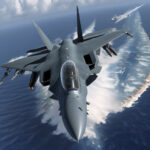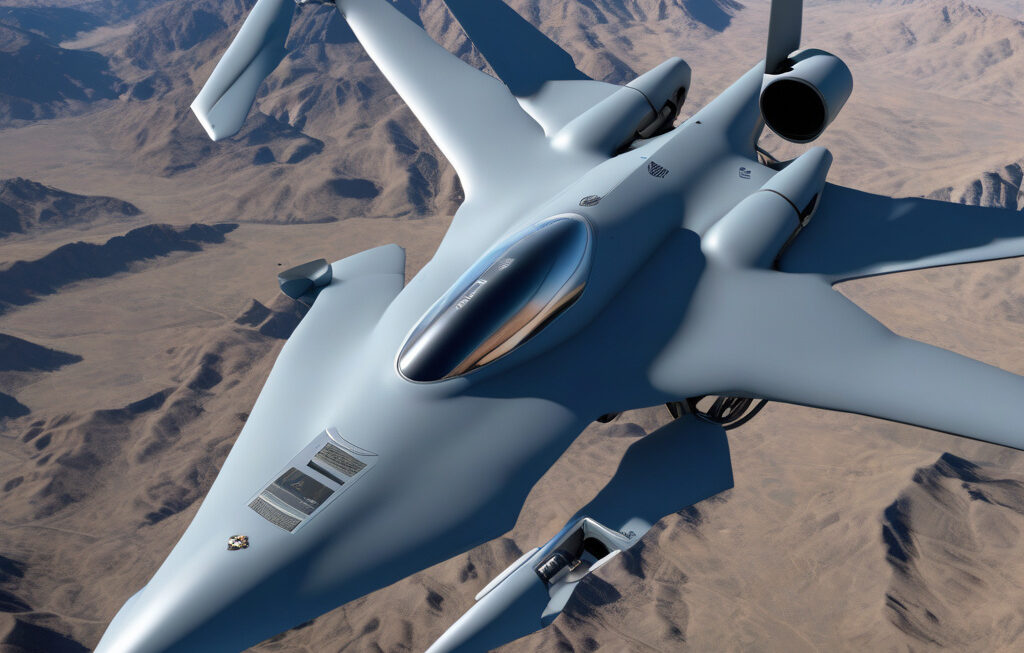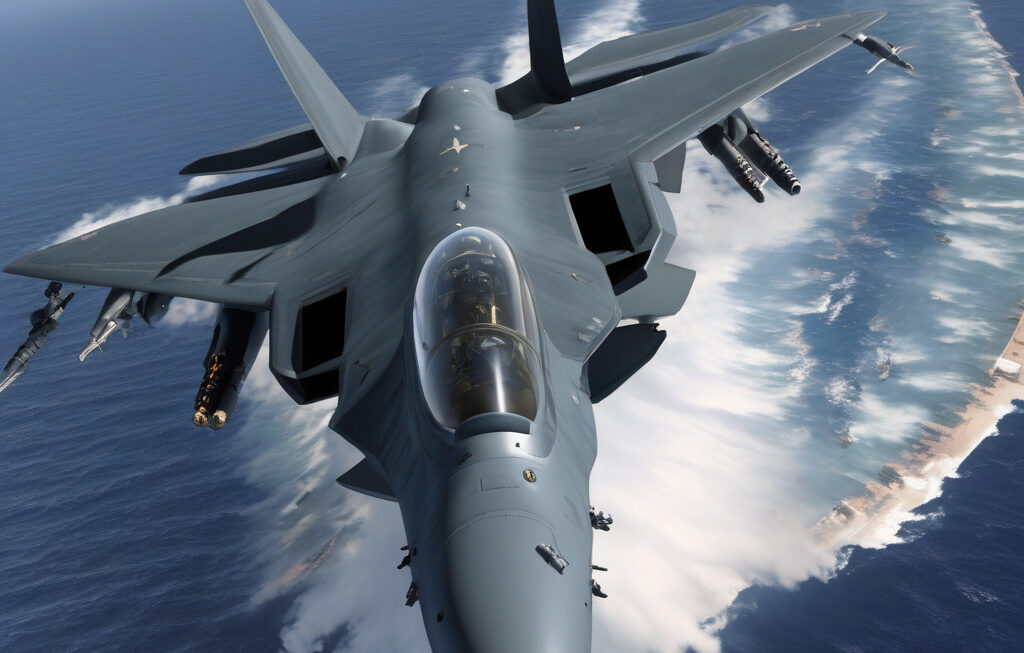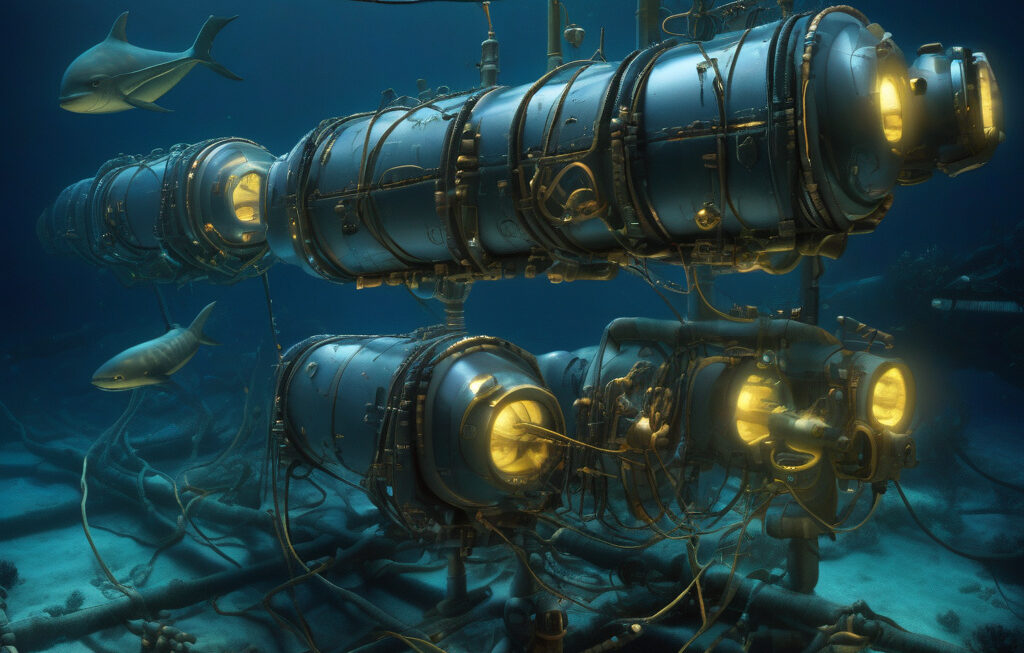Russia Admits Building Nuclear Missiles During Deployment Ban, Boasts Big Stockpile
Russia has confirmed it continued developing intermediate- and shorter-range nuclear missile systems during a moratorium, raising concerns among global powers about a renewed arms race. This revelation comes as no surprise to many experts closely monitoring Russia’s military activities, as the nation has a long history of prioritizing its defense capabilities.
Despite international treaties like the Intermediate-Range Nuclear Forces Treaty (INF) aimed at limiting the deployment of such weapons, Russia’s recent actions highlight its commitment to maintaining a robust nuclear arsenal. The INF Treaty, signed by the United States and the Soviet Union during the Cold War era, prohibited the development and deployment of ground-launched ballistic and cruise missiles with ranges between 500 and 5,500 kilometers.
The decision by Russia to forge ahead with the production of these banned missile systems underscores the evolving nature of global security challenges. With geopolitical tensions on the rise and traditional arms control mechanisms faltering, the strategic calculus for nations like Russia has shifted towards ensuring military parity and deterrence.
Moreover, the public acknowledgment of these activities by Russian officials serves a dual purpose of signaling strength to both domestic and international audiences. By showcasing advancements in their missile technology and stockpile capabilities, Russia aims to assert its position as a formidable nuclear power on the world stage.
The implications of Russia’s actions reverberate beyond diplomatic circles, raising questions about the efficacy of arms control agreements in an era marked by geopolitical uncertainty. As the international community grapples with the implications of Russia’s nuclear pursuits, the need for renewed dialogue on arms control and strategic stability becomes increasingly urgent.
Furthermore, Russia’s assertive stance on its nuclear capabilities underscores the broader trend of military modernization and strategic rearmament among major global powers. From hypersonic weapons development to space militarization, nations are investing heavily in reshaping their defense postures to navigate an increasingly complex security landscape.
In response to Russia’s disclosures, key stakeholders such as NATO and the United States have expressed concerns about the destabilizing impact of these developments. The prospect of a new arms race looms large, prompting calls for transparency, dialogue, and de-escalation to prevent a further deterioration of global security.
As Russia showcases its technological prowess and growing nuclear stockpile, the onus falls on the international community to reevaluate existing arms control frameworks and adapt to the evolving security environment. Failure to address the challenges posed by Russia’s nuclear advancements could have far-reaching consequences for global stability and strategic balance.
In conclusion, Russia’s admission of building nuclear missiles during a deployment ban underscores the complex interplay between national security imperatives, arms control agreements, and geopolitical rivalries. The path ahead demands a delicate balance of deterrence and diplomacy to navigate the uncertainties of a world where the specter of nuclear conflict remains a palpable threat.
Russia, nuclear missiles, arms race, global security, strategic stability












